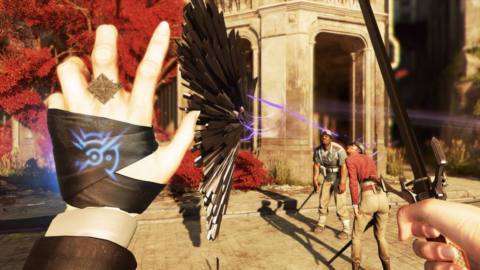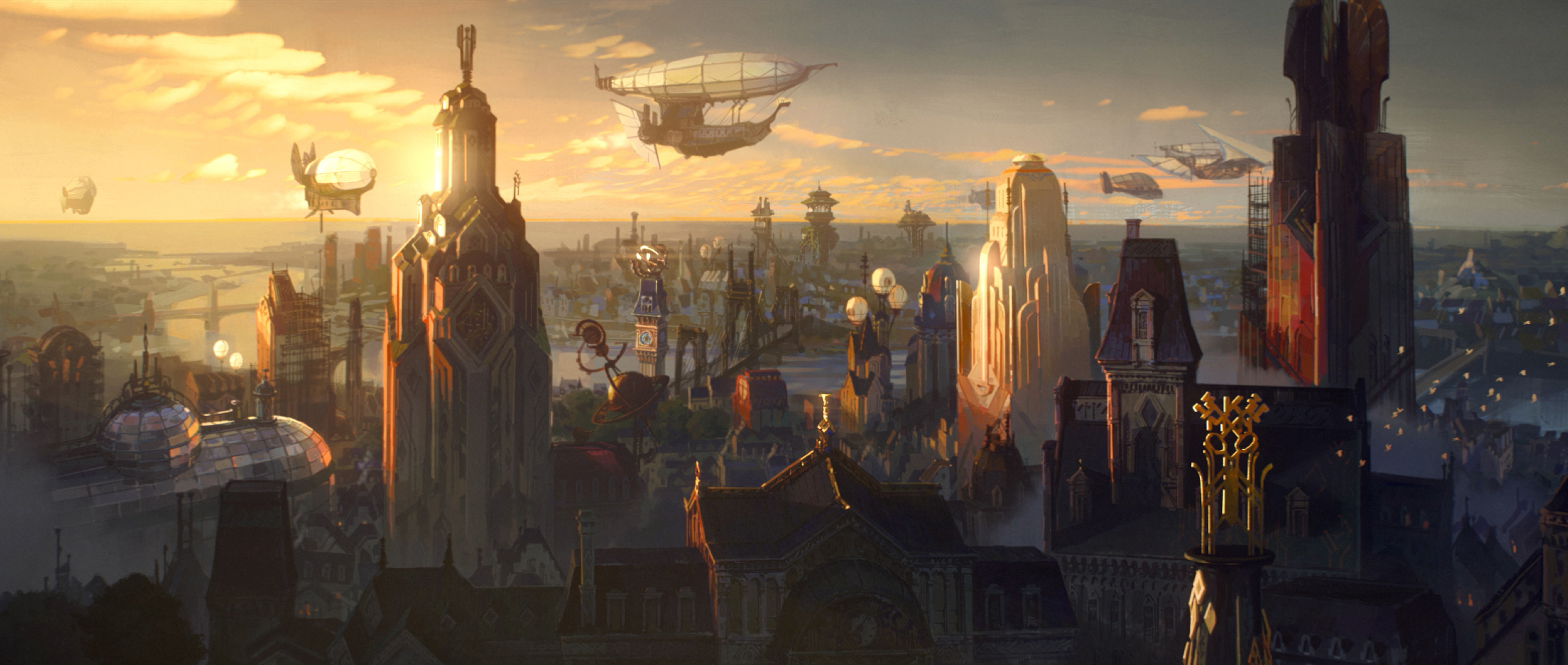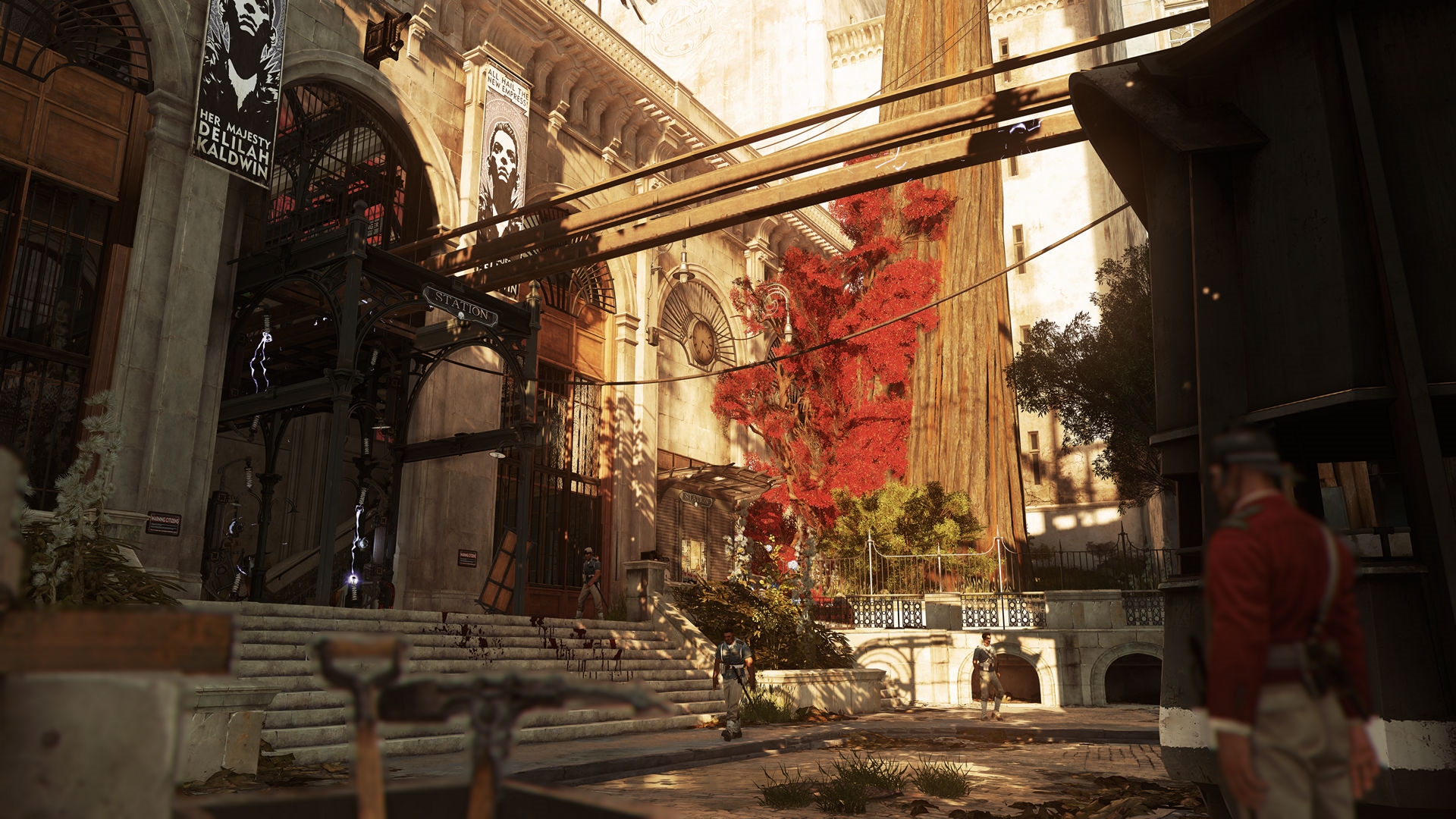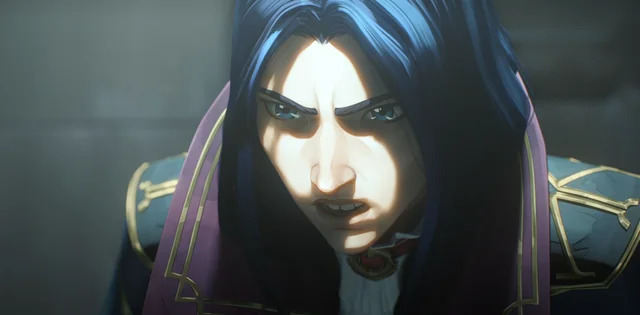
Arcane concluded its second and final season last Saturday. The adult animated action series produced by French studio Fortiche set in the universe of Riot Games’ League of Legends ended with a finale as spectacular as it was bittersweet, with the resolution of several major character arcs and the future of Piltover and Zaun’s continued coexistence affirmed.
Fans of Arcane needn’t be too upset by its absence, though, as showrunner and co-creator Christian Linke told Polygon that Riot and Fortiche are already at work on several unannounced projects based in the League of Legends universe. That’s fine in the long term, sure, but what about right now?
If you’re looking for something, anything, to tide you over while you wait for Fortiche to return to the world of Runeterra, your immediate first reaction might be to boot up League of Legends, naturally, or maybe even Teamfight Tactics, which recently got a new set themed around the second season of the Netflix show. I’m gonna make another suggestion, though: If you’re only familiar with Arcane and not the rest of the Riot universe, don’t play League of Legends. Play Dishonored 2.


You’re probably wondering, “Why shouldn’t I play League of Legends? I like those characters and that setting; shouldn’t I play the game Arcane is based off of?” Normally, I would agree with that sentiment. But while the characters and setting of Arcane are pulled directly from League of Legends, the story and plot are more or less a wholesale invention for the show, woven out of the piecemeal sketches of personality added to the game over the past decade and a half. Furthermore, the moment-to-moment gameplay of League of Legends, a multiplayer online battle arena (MOBA) game à la Dota 2 or Heroes of the Storm, is a far cry from the vibe and visual style of Arcane.
Dishonored 2, however, fits that description almost perfectly — especially in its look and steampunk-inspired atmosphere. While bookended by sections that take place in Dunwall, the principal setting of the first Dishonored, the 2016 sequel is set predominantly in Karnaca, the southernmost tip of the empire. Like Dishonored’s Dunwall, and more pertinently Arcane’s Piltover and Zaun, Kanarca is a city marked by the stark divide between the haves and the have-nots. The island’s upper class is comfortably ensconced in lavish, modernist apartments and palaces of the island’s verdant crest, while the lower castes are cast off to the offal-drenched docks, dust-choked canyons, and bloodfly-infested hovels of Karnaca’s most uninhabitable corners.


If there’s one thing Arcane and Dishonored 2 share in abundance, it’s their love of architecture, particularly turn-of-the-century styles like art deco and art nouveau. Karnaca confidently earns its nickname as the “Jewel of the South” in Dishonored’s universe, with an aesthetic that combines the Mediterranean style of Greek, Italian, and Spanish architecture with extravagant flourishes of art nouveau-inspired illustration. The architecture of Piltover in Arcane is heavily inspired by art deco, with its elaborate stained-glass windows and golden accents, while the undercity of Zaun derives most of its aesthetic from a combination of steampunk and art nouveau — especially in various posters and illustrations that decorate the city’s interiors.
The visual style of Arcane also shares more than a few common touchpoints with Dishonored 2, with its angular character silhouettes, sharp profiles, and richly detailed facial features and expressions. Dishonored 2 is one of the most visually beautiful games of the eighth console generation, and so it’s little wonder that Arcane, one of the most visually distinctive and adventurous animated series in recent memory, would share an abundance of common inspirations.
While Dishonored 2’s premise of a deposed empress fighting to reclaim her throne from a despotic immortal sorceress may appear several degrees removed from Arcane’s sibling feud turned civil war, there are more than a few similarities in the narratives once you examine both up close. Both center on societies on the brink of civil unrest, with wealth disparity and class divides in full focus. Both prominently feature supernatural adversaries in the form of Arcane’s Black Rose society and the Brigmore coven of witches led by Delilah Kaldwin, Dishonored 2’s main antagonist. And gifted genius savants play crucial roles in both Arcane’s and Dishonored 2’s stories, with Viktor appearing in the former and Kirin Jindosh in the latter. If that weren’t enough, Viktor’s Hexcore-corrupted form and personality bear a striking resemblance to that of the Outsider, the supernatural entity who has appeared in every Dishonored game to date and exists as an anthropomorphic manifestation of the “Void,” a primordial dimension that essentially functions as Dishonored’s equivalent to the arcane in Arcane.
If you’ve watched Arcane and wondered what it would be like to play a game where you could leap effortlessly across the rooftops of a city like Piltover, or slink undetected through the underbelly of Zaun, you’re in luck; Dishonored 2 is just the game that delivers on that experience, and then some. Even if first-person stealth games aren’t your forte, I guarantee you won’t regret giving Dishonored 2 a chance on the strength of its environments and world-building alone. And hey, if you happen to enjoy your time with it, you can easily pick up the rest of the Dishonored series and dive more deeply into its dark fantasy world.
Dishonored 2 is available to play on PlayStation 4, Windows PC, Xbox One, and through Game Pass.
